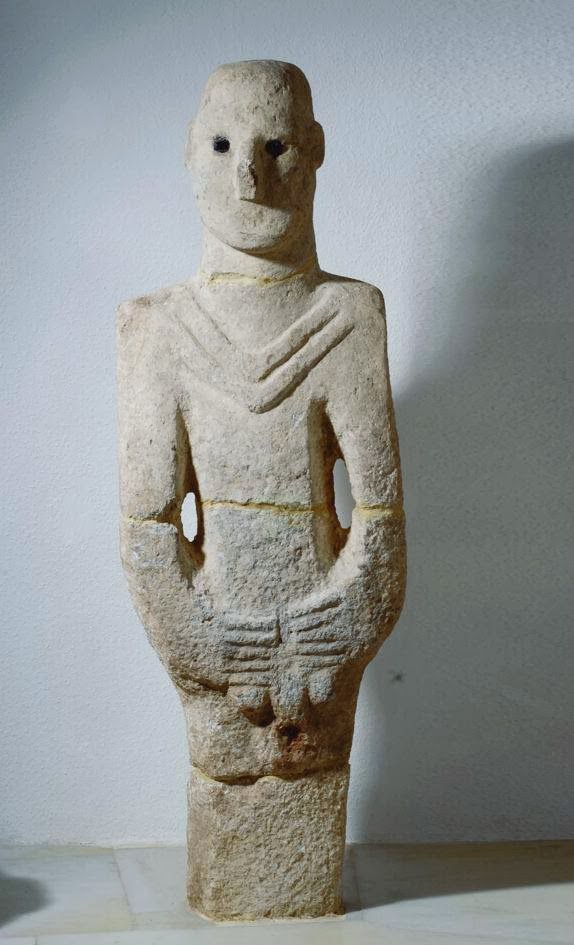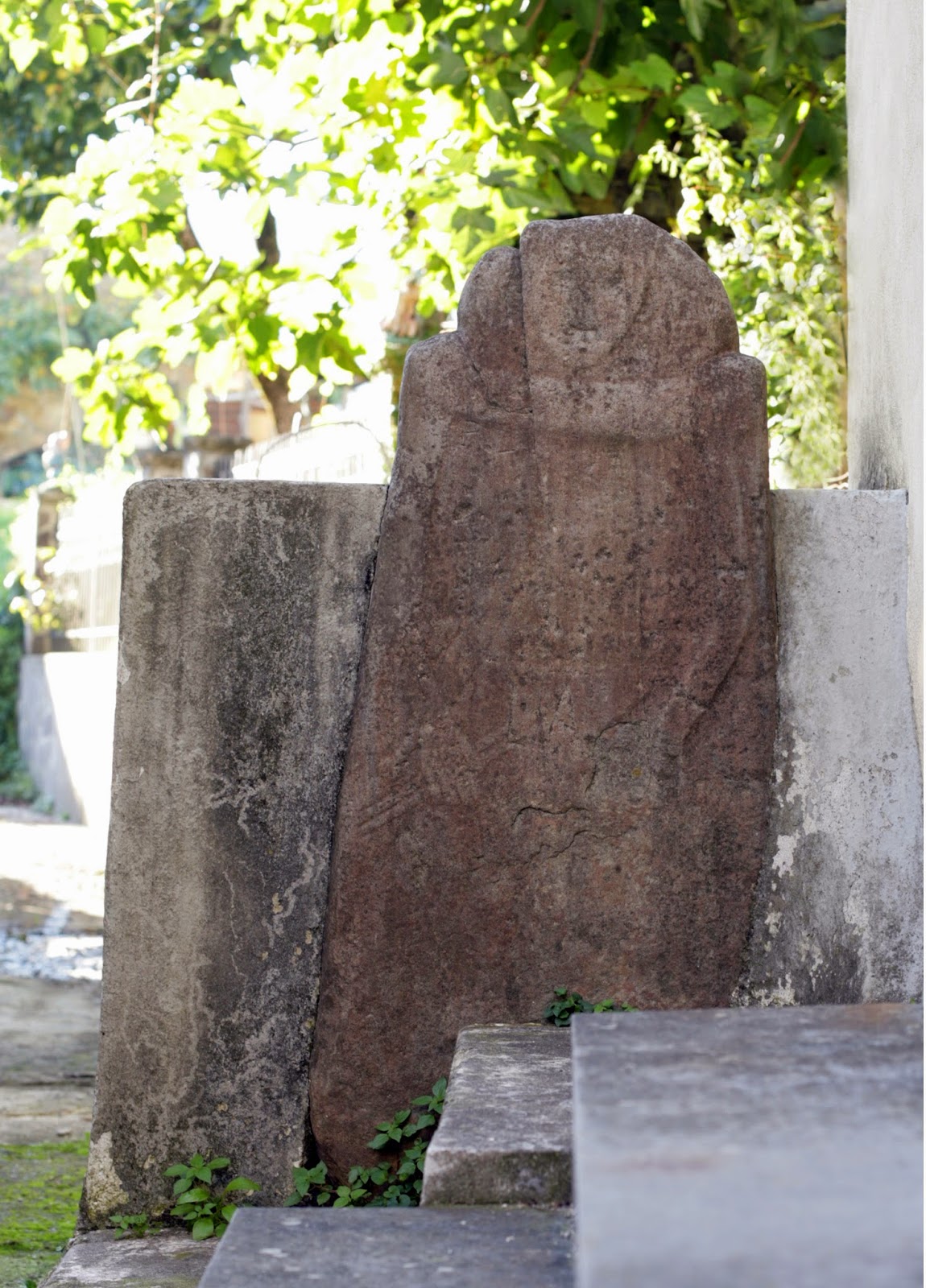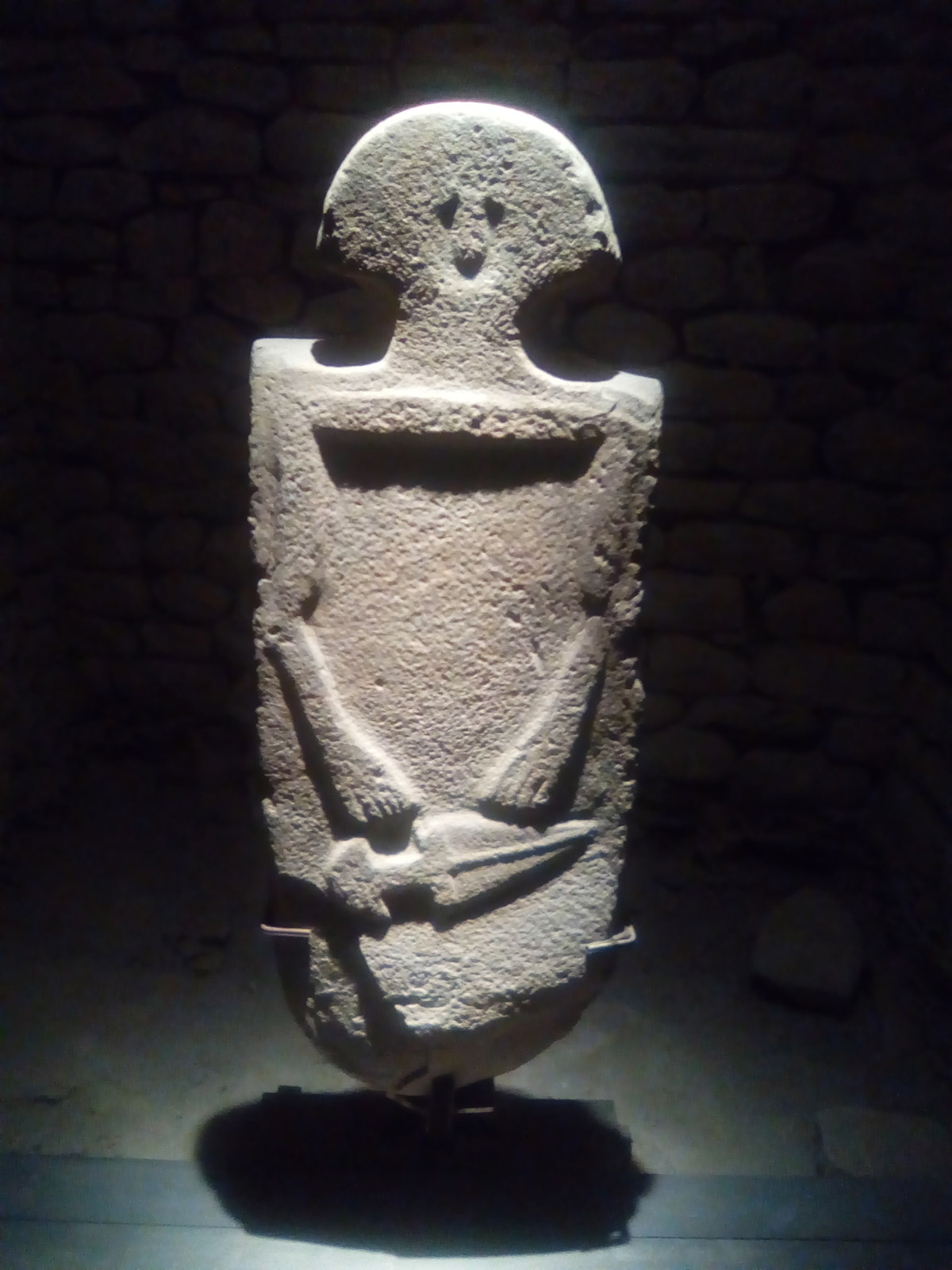The amount of E-V13 in the Ligurians in comparison to other areas in Italy as well as in other parts of Europe very much depends on the study used. You can't just pick the one you like best.
I'm probably not aware of all the studies available on the subject and its quite possible that different samples yield different frequencies. However, I found it odd because the region has no real strong Greek colonisation history, Etruscans seem to have largely lacked E-V13 and even the Germanic settlement wasn't stronger there than in some other regions, which have no more E-V13. I look at it as yet another case study and try to understand whats real and how to explain it.
At any rate, even if one uses the Boattini et al study, they have roughly the same amount as the people in the Veneto. The inland areas in between have less, so I don't know how a source in Hallstatt would fit those facts.
Actually that's why I came up with this in the first place, because it fits so well. There were Hallstatt centres, in Veneto even more so and with proven links to Thraco-Cimmerian, Eastern Hallstatt and Basarabi, the main cultural formations I think brought much of the early E-V13 to the more Western parts of Europe. This would fit well with the Sardinian E-V13 clades too, which look both older, but also Hallstatt Iron Age and with links to the West.
If you look at a good Hallstatt map, you can see the Hallstatt-related cultures in Northern Italy:

https://live.staticflickr.com/331/19533839060_e7fd3fb6fa_b.jpg
Also note that the Ligurians are supposed to have been moving more to the South and the coast, because of the Celtic pressure from the North. Which means their original home might have been even closer to Hallstatt related formations.
As for descent from Gauls, that's another discussion altogether. The people of Liguria have been described as "Celt-Ligurians" for a reason, although I think the term "Gallic-Ligurians" might be more appropriate. In any event, I don't think anyone knows how many "Gauls" actually moved into Liguria from the direction of France, or when precisely it happened, or whether they were substantially different genetically from the "Ligurians" already inhabiting the area. If I had to speculate, I would say that the people in both areas were a combination of Paleolithic, Neolithic, and Bronze Age peoples.
Honestly I don't believe in a lot of continuity anywhere. Even Sardinians have newer influences, but with their more Neolithic-Copper Age ancestry in the region they are truly exceptional.
I don’t believe that is at all the conclusion that should be drawn, or that was drawn, for that matter, in the Vitali paper. The researchers are looking at the samples in the context of the material culture and burial customs found at each site to determine how many of the people are *local* versus how many of them are migrants from other areas. In their words, “ In Negringen, no observable changes occurred during the use of the cemetery, while in Monte Bibele new burial customs appear, which point to transalpine contacts. If the Celtic objects were introduced by newcomers, this should be revealed by the strontium isotope analysis.” What they found is that about 20% of the people buried in Monte Bibele were non local.
I think that later Celtic groups moved into Ligurian territory from the North is without doubt, the only question which remains is who and what were the Ligurians before and how much of them did persist. And for the debate in question: Were they rich in E-V13. I'd say based on what I already knew and you added, its a distinct possibility that the Ligurian ethnicity is responsible for a fairly high level of E-V13 in the modern local population. But its mere speculation at this point, without a lot of modern, high resolution terminal clades and ancient DNA at hand.
Also, the researchers found that “In Monte Bibele, two warriors changed their residency during childhood (graves 35 and 107) and three have Srisotope ratios within the local range (graves 42, 59 and 151).Overall, warriors do not seem to be more often of non-local origin than males buried without weaponry."
By the way, I have some concrete evidence of how E-V13 could have spread from Basarabi elite warriors to Eastern Hallstatt to Western Hallstatt and from there as minority element into Celts. Its in any case a proven fact that people, especially elite men and women, did migrate from one of these groups to the next and the normal direction of the migration was always East -> West, rarely in the opposite direction in the Early and Hallstatt Iron Age.
Sometimes it seems as if every time someone puts a spade in the ground in eastern Liguria or northwest Tuscany another one of these monoliths, or parts of it, are discovered. My uncle used to use one of the heads as a doorstop.
Well, that's a very personal contact to prehistory
The stelae somewhat resemble the very early steppe-related influences which made it even down to Italy Jean Manco mentioned in her book. Are they identical, from the same tradition?








